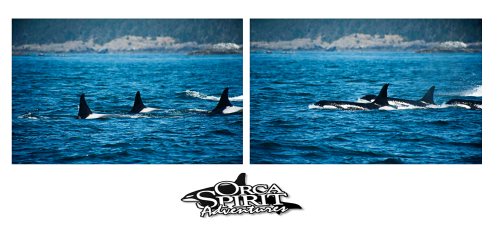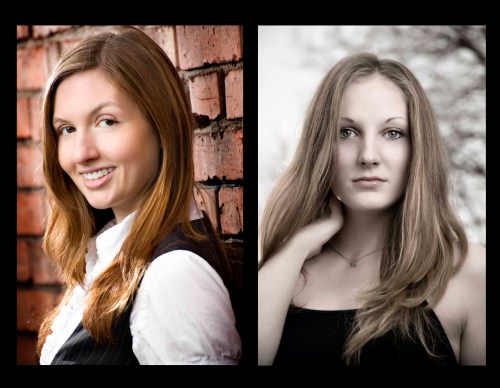
Recently the wonderful world of Home Lotteries has given me the opportunity to expand my skill set and provided some incredible locations to shoot.I am incredibly grateful for the opportunity to shoot these magnificent homes completely furnished and staged. Starting with great subject matter helps tremendously. Check out these sites for complete virtual tours of the properties featured in this post. Foothills Hospital Home lottery. Kinsmen Home Lottery.
Often in our career as photographers we’ll be approached to shoot a home or some other residential or commercial building. Sometimes it’ll be for a friend or a realtor looking to market a potential listing. Now shooting real estate or architectural images sounds like a pretty easy and straightforward thing to accomplish and that is often how most people approach it. Simple – show up point and click , post and await sale or accolades for such fine effort and artistic interpretation of the scene.
What many people don’t realize , like so many other aspects of photography is that there are certain rules to consider and perhaps special gear to utilize in order to best deliver the required result.
First off we need a nice wide angle lens, the wider the better , I like to use the nikon 14 -24 mm lens , this gives me ample range to allow a wide perspective without a whole lot of distortion. Tilt and shift lenses are also really popular with career architectural and landscape photogs as it allows you to shift perspective to remove distortion and keep vertical lines , well vertical.
Also lighting is something that is of huge consideration, you can accomplish this with a tonne of studio lights and a busload of assistants or you can follow in the footsteps of renowned real estate photographer Scott Hargis and use speedlights.
What I want to blog on about today is the use of subtle HDR techniques to accomplish a very pleasing result without having a bunch of lights and assistants. I know there are a tonne of haters out there willing to weigh in the the HDR subject, and I agree with them for the most part, but I believe this technique has a place in the world of photography and is here to stay. For some great tutorials on how to shoot HDR check out Trey Ratcliff’s site .
As always we need to think compositionally when approaching these real estate or architectural projects. We want nice verticals, leading lines to direct our viewers eye to interesting subjects and perhaps some symmetry thrown in for good measure. I also like to shot through doorways and include a piece of the doorframe , I find it adds some depth and perspective to the scene. Before you settle in to start shooting have a look around, perhaps the table could use a wipe or this plant would work better 2 feet to the left or maybe this whole chair should be removed entirely. It all changes from room to room and generally gets easier the more you shoot.

Still with me? Good, now for the HDR stuff. For the HDR newbie we need a tripod and we need to bracket some exposures. I like to shoot from 5 -7 exposures and then select 3-5 exposures for blending purposes. I typically use my “normal” exposure plus the -2,+2, -4,+4 brackets depending on the scenario. I flip flop in which software I use to merge and tonemap the image, swapping from Photomatix to Photoshop seemingly depending on the wind. But for today’s purposes we’ll be referring to Photomatix. I know that CS5 has a great new HDR feature but I haven’t used it yet so we’ll just pretend it doesn’t exist at this point.
So we have photos merged and brought into Photomatix and I want to go for a subtle look not some garish , over saturated, grunge version that is very popular , and has its place but definitely not in the world of Luxury show homes. We click the tonemap button and are presented with a set of sliders I like to begin with a compression of 100, color saturation around 70 or so,Adjust the luminosity to taste usually +1-5. in the Microcontrast in the 4-6 range as well.
Smoothing is where we control the grungyness or natural feel of the photo so I either keep it in the mid or high setting. The rest of the sliders vary depending on how bright or dark you want you photo so experiment and see what you like . I find the microsmoothing slider useful for adding texture and a 3d feel but be careful as you can bring a lot of noise into your image.
Alright we now have a tonemapped image and it looks great! Just kidding often we have a flat kinda meh looking image at this point, so now we go into Photoshop to bring some pop to out image. 
I like to use a lot of adjustment layers , in particular curves to add contrast to certain areas and lighten or darken others. I always over do the adjustment I’m trying to accomplish (it helps me fine tune) then invert the mask and paint in the area that I want affected, and then further control the effect using my opacity slider. Some filters and options may not be available to you at this point so we want to convert our image to an 8 bit by going image<mode<8bit.
Nik software has some truly wonderful filters out there that go along way to helping add some additional texture without going over the top . Be sure check them out.
Sharpening can also have a profound effect on your image , and often I like to use a high-pass filter combined with a softlight blend mode to add some zing. Always utilizing a mask and my opacity slider to contain anything I feel is going a little extreme. For other issues such as noisy shadows, strange color aberrations, or ghosting I will often place one of my original brackets over the image in a new layer and using a mask paint out the offending region.
Thats pretty much it! I realize that this doesn’t have a complete a-z breakdown but in text form it seems like I’ll be writing something of biblical proportions and how many of you actually want to suffer through my writing for that long. Perhaps video tutorials will be forthcoming but no promises yet.
Thanks for stopping by
D
 Earlier this summer I was hired to do some promo shooting for Orca Spirit, a Victoria bc whale watching company.
Earlier this summer I was hired to do some promo shooting for Orca Spirit, a Victoria bc whale watching company.






































